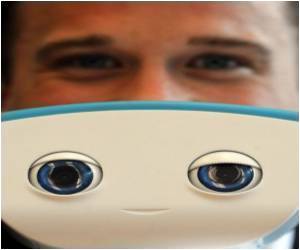Key circuits in the brain controlling movement have been identified in a new study that could take it further to discover treatment for movement-related disorders.

Researchers found that the mouse with the fiber optics implanted in the brain moved normally with the laser turned off and froze when the laser was turned on. With the laser off, and the mouse's movement was restored.
"It's not something we can do for just a second," Kreitzer said. "We can do this for as long as the laser is on."
"We generated mice that lacked dopamine, and these mice showed many of the same symptoms found in humans with Parkinson's disease. But when we activated the 'go' pathway in these mice, they began to move around normally again. We restored all of their motor deficits with this treatment, even though the mice still lacked dopamine," he added.
The research could be important for treating Parkinson's and also other disorders involving these circuits, such as Huntington's disease, Tourette's syndrome, obsessive-compulsive disorder, and addiction.
The research is published in the journal Nature.
Advertisement









